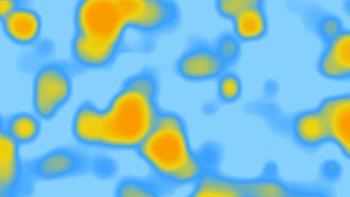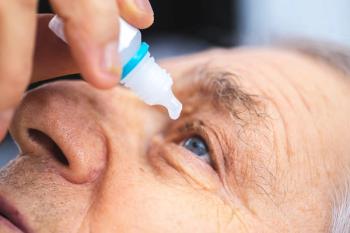
Study finds methylphenidate may impact corneal cells in children with ADHD
Methylphenidate is a central nervous system stimulant that is used to treat ADHD, a very common diagnosis in children in the US.
A study of the effects of methylphenidate in children with attention deficit hyperactivity disorder (ADHD) found lower
First author Dilek Uzlu, MD, and colleagues from the Department of Ophthalmology, Medical Faculty, Karadeniz Technical University, Trabzon, Turkey, reported their results in International Ophthalmology.
Methylphenidate is a central nervous system stimulant that is used to treat ADHD, a very common diagnosis in children in the US.
This study focused on elucidating the ocular effects of methylphenidate on children diagnosed with ADHD and healthy controls. The participants were divided as follows: those diagnosed with ADHD and undergoing methylphenidate therapy (group 1), newly diagnosed untreated patients (group 2), and healthy, controls (group 3). The researchers evaluated the morphology and numbers of corneal endothelial cells, corneal thickness, choroidal thickness (CT), retinal thickness (RT), GCL, and retinal nerve fiber layer (RNFL) were evaluated.
Comparison of the 3 groups
Group 1 included 30 children (mean age, 10.53 ± 2.78 years) with ADHD treated with methylphenidate for a minimum of 1 year; group 2, 32 newly diagnosed untreated children (mean age, 9.21 ± 1.85 years); and group 3, 35 healthy children (mean age, 11.03 ± 3.01 years).
While the groups did not differ significantly (P > 0.05) in age, visual acuity level, or refractions, the researchers found that the endothelial cell counts and hexagonality values differed significantly between groups 1 and 2 (P = 0.041 and P = 0.031, respectively).
Other observations were that the GCL values differed between groups 1 and 2 and between groups 2 and 3 (P = 0.0001 and P = 0.02, respectively), but not between groups 1 and 3 (P = 0.551), the researchers reported.
The other parameters evaluated, ie, the central CT, central RT, and mean RNFL values did not differ significantly among the three groups (P > 0.05).
Uzlu and colleagues concluded, “Corneal endothelial counts were lower in the children diagnosed with ADHD and receiving methylphenidate therapy than in those not receiving treatment and the control group. In addition, GCL measurements were lower in the children diagnosed with ADHD and not using medication compared to those using methylphenidate and the control group.”
Reference
Uzlu D, Bilginer SÇ, Yaşar Y, et al. An examination of the ocular effects of methylphenidate used in children and adolescents diagnosed with attention-deficit hyperactivity disorder. Int Ophthalmol. 2025;45.
https://doi.org/10.1007/s10792-025-03471-z
Newsletter
Want more insights like this? Subscribe to Optometry Times and get clinical pearls and practice tips delivered straight to your inbox.








































